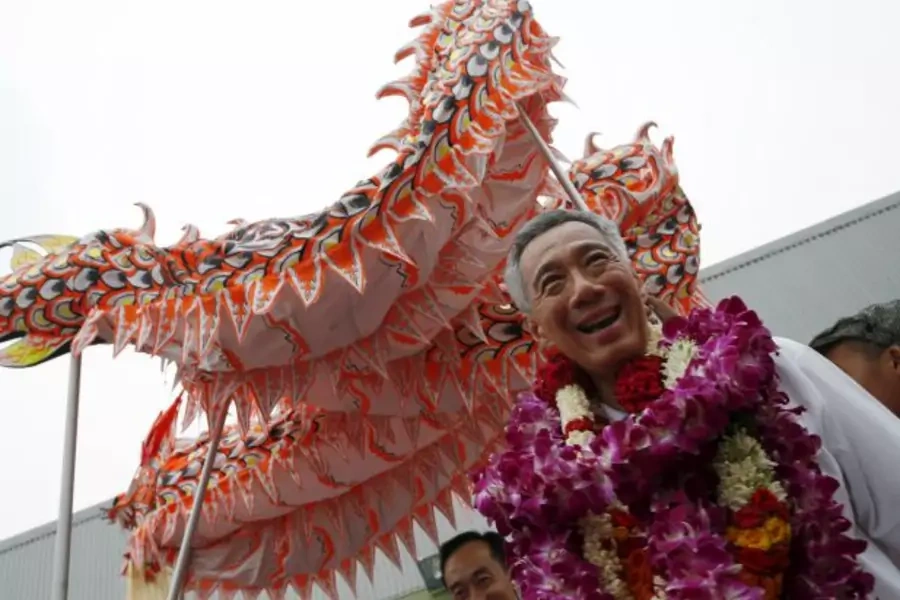More on:
When Singapore split from Malaysia in 1965, becoming an independent city-state, its first elections were won by the People’s Action Party (PAP), then headed by Prime Minister Lee Kuan Yew, who had overseen the country’s separation from Britain and its divorce from Malaysia. This victory was hardly a surprise: The PAP had won elections going back to 1959, when Singapore was still technically part of Britain, though it was getting self-rule.
In 1965, the PAP had many peers as independence campaigners-turned parties in former colonies. But today, few of those peers still exist. If they do, none have matched the PAP’s record of electoral dominance and economic policy, since Singapore’s GDP per capita has expanded from around $500 in 1965 to over US $55,000 today.
Still, in the 2011 Singapore national elections, even the PAP seemed vulnerable. After years of facing virtually no opposition at all, the PAP was suddenly challenged. Opposition parties seized on Singapore’s high income inequality and openness to immigration, blaming the PAP for allowing in too many foreigners and for doing little to address inequality. The ruling party’s share of the popular vote in the election dropped to around 60 percent for the first time ever, and it lost a group member constituency---a constituency where four to six MPs together represent a region on the island---to the opposition Workers Party for the first time as well.
Two weeks ago, in the most recent Singaporean national elections, the Workers Party and other opposition parties hoped to make massive gains over their achievements in 2015. The 2015 election would be decisive, vowed Workers Party leader Sylvia Lim. Several Workers Party officials privately said they hoped to gain at least a quarter of the seats in parliament, if not more; the opposition was contesting all the seats in parliament for the first time. “Perhaps more than any election in recent decades, present conditions in Singapore are not as favorable [for a PAP win] as they were in the past,” wrote Bridget Welsh, a specialist on Southeast Asia at National Taiwan University.
Instead, on September 11, 2015, the PAP won nearly seventy percent of the vote, its highest total in two decades. PAP supporters jubilantly carried the prime minister, Lee Hsien Loong, around a stadium on their shoulders. The result, announced Lee, who even himself seemed a bit shocked by the total, “humbled” him and his colleagues.
For more of my analysis of how the PAP rebounded, see my new piece for The National.
More on:
 Online Store
Online Store

